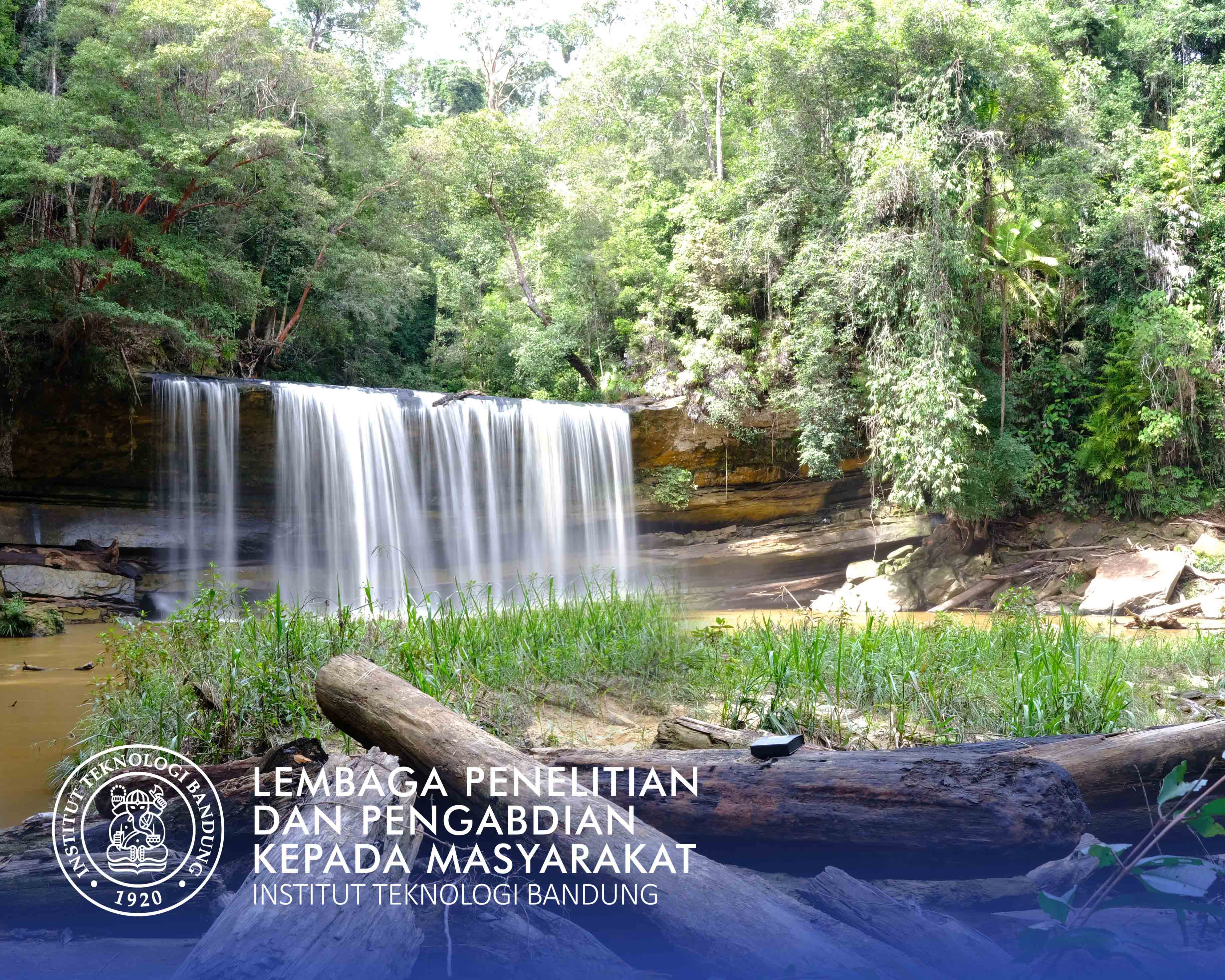

Rima Rachmayani
Bintan is one of Indonesia's tourist gateways, which is called cross border tourism because of Bintan's location in the north before neighboring Singapore. Bintan also has great potential in the maritime sector, such as capture fisheries which is ranked the 3rd largest in the Riau Islands, mangrove forests on the Sebong River and stretching along 6.8 km; beautiful coral reefs in the eastern coastal area of Telukbakua; Seagrass beds with high diversity and seagrass cover are spread throughout almost the entire coastal area of Bintan Island. However, behind this great potential, there is a decline in the quality and quantity of mangroves, coral reefs and seagrass beds. The mangrove ecosystem in Bintan Bay in several areas has experienced damage due to the development of community settlements, development of land transportation infrastructure, and logging by the community. Based on satellite image observations from 1990 to 2013, mangrove area decreased by 501.39 hectares or 27.1% (Saputra et al., 2016). The causes are due to the felling of mangrove trees for fuel for making roof tiles, the construction of infrastructure such as roads, fishing boat ports and the construction of ponds. Based on the implementation of the rehabilitation scenario for 15 (30) years, the area of mangroves that must be compensated for damage is 1091.73 (1743.41) hectares (Winarno et al., 2016). Meanwhile, seagrass ecosystems can be disturbed by various factors such as temperature changes, pollution, habitat damage, destructive fishing, and marine pollution, namely oil. Monitoring the condition of seagrass is very important to ensure that the balance of the ecosystem is maintained, especially in conservation areas such as Pengudang Village which is a seagrass conservation area. Sentinel-2A imagery in 2018 (2020) reached 8.43 (7.43) hectares which indicates a decrease in the area of seagrass beds (Putra et al., 2023). According to Adriman et al., (2012), the coral reef ecosystem in the East Bintan Regional Marine Conservation Area (RMPA) continues to be under pressure from various activities such as fishing, tourism, pollution and mining (sea sand, bauxite tailings washing, land tailings sand mining). These three ecosystems are strongly influenced by marine factors such as ocean currents, ocean waves, ocean temperature, ocean salinity, and other environmental parameters such as Total Suspended Solid (TSS), Dissolved Oxygen (DO), Biological Oxygen Demand (BOD), nutrients, sediment, depth and microorganisms. Thus mapping oceanographic parameters; monitoring mangrove ecosystems, seagrass beds and coral reefs; and restoration of these three ecosystems needs to be carried out in a sustainable manner. Collaboration was carried out with Rumah Ulin as an activist in environmental management and preservation, who was willing to work together as a partner.
The objectives of this year's community service are:
· Spatial and temporal mapping of oceanographic parameters by utilizing secondary data available in databases such as Copernicus, SODA, Hycom for the last 30 years and mapping of mangrove, seagrass and coral reef ecosystems by utilizing satellite imagery from 30 years ago to the present.< /p>
· Community-based monitoring of oceanographic and ecosystem parameters with regular in situ measurements.
· Restoration of mangrove ecosystems, seagrass ecosystems and coral reef ecosystems needs to be carried out in a sustainable manner in order to improve the quality of marine resources and the tourism sector on Bintan Island.
The target of this community service activity is:
· Creation of spatial and temporal maps of oceanographic parameters (ocean currents, sea waves, sea temperature, sea salinity) from secondary data for 30 years.
· Creation of monitoring maps for cover of mangroves, seagrass beds and coral reefs from satellite data for 30 years.
· Socialization of the results of making maps of oceanographic parameters and ecosystem cover to policy makers and the public.
· Education regarding oceanographic parameters and marine ecosystems for school children.
· Plantingmangroves, seagrass beds and coral reefs in degraded locations.
Approach/method used:
Spatial and temporal mapping of oceanographic parameters by utilizing secondary data available in databases such as Copernicus, SODA, Hycom for the last 30 years and mapping of mangrove, seagrass and coral reef ecosystems by utilizing satellite imagery from 30 years ago to the present.
Knowing the extent of cover/covering area of mangrove, seagrass and coral reef ecosystems in Indonesia. Know the obstacles/threats that could be the source of the reduction in the area of ecosystem cover above Get networking for collaboration in research, community service, and also education with the 2nd party Cooperation Agreement number (FITB), namely 5364/IT1.C01/KS.00/2024